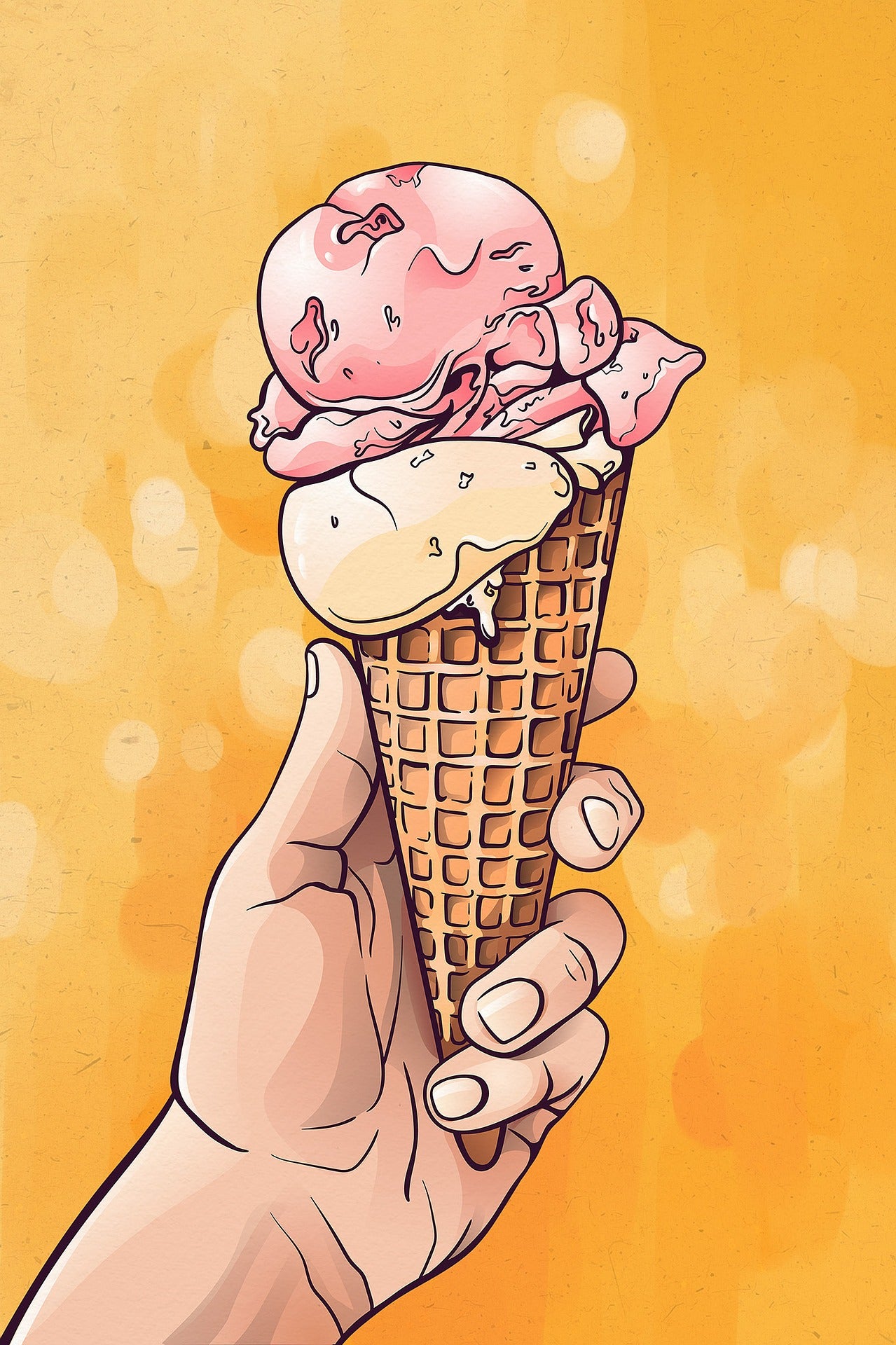
When I stepped into my role as a Peer Tutor for the Writing and Communication Centre, I came to a profound realization.
Despite speaking English for most of my life, there is still so much I don’t know.
While training for this position, I learned time and time again that being a native English speaker did not mean I knew all the rules of the English language. For example, I had always thought that the words “which” and “that” could be used in place of one another at random. Spoiler alert: they cannot, and my whole life was a lie.
Okay, maybe not a lie, but I definitely felt a sense of dread. I couldn’t even fathom how many times I had unknowingly made that mistake in the past. I resolved to learn the difference and change my ways. Now I want to pass this knowledge on to you. Luckily, it has a lot to do with ice cream.
An example
As I touched on before, “which” and “that” cannot be used interchangeably.
Consider the following sentences:
- Ice cream that is served in a cone tastes the best.
- The ice cream, which had a cherry on top, tasted extra delicious today.
What do you notice between the two? Can you spot the difference in use? Don’t worry if you can’t! Let’s break it down.
An explanation
"That"
“That” is used when we have additional information that is crucial for understanding the purpose of the sentence. Without this information, the sentence is a little ambiguous or unclear.
Ex. Ice cream that is served in a cone tastes the best.
If we were to take out that is served in a cone, the sentence wouldn’t make sense. Without that bit of information, it sounds like we are saying any ice cream tastes the best. However, we want the reader to know that ice cream tastes the best only when it is in a cone instead of a bowl.
"Which"
We use “which” when there is additional information that is helpful, but not necessary. The information doesn’t change the meaning of the sentence, and it is just a bonus. It’s like the cherry on top of our information ice cream!
Ex. The ice cream, which had a cherry on top, tasted extra delicious today.
Without which had a cherry on top, we can still understand the purpose of the sentence. The fact that there happens to be a cherry on top is extra information.
The terminology
This grammar concept is usually known as ”Essential & Non-essential Information.” You might also see it referred to as “Restrictive & Non-restrictive Clauses.” In short, these two titles describe the criteria that determines whether we use “which” or “that”.
The syntax
There are two small comma rules to remember for which vs. that.
A “which” clause is preceded by a comma, but a “that” clause is not.
- For camp, the children needed clothes that were washable.
- For camp, the children needed sturdy shoes, which were expensive.
Need more help?
The Writing & Communication Centre has a resource page that you can look at for extra help. You can also sign-up for our Grammar Studio workshop series to get some more practice on “which” vs. “that”.